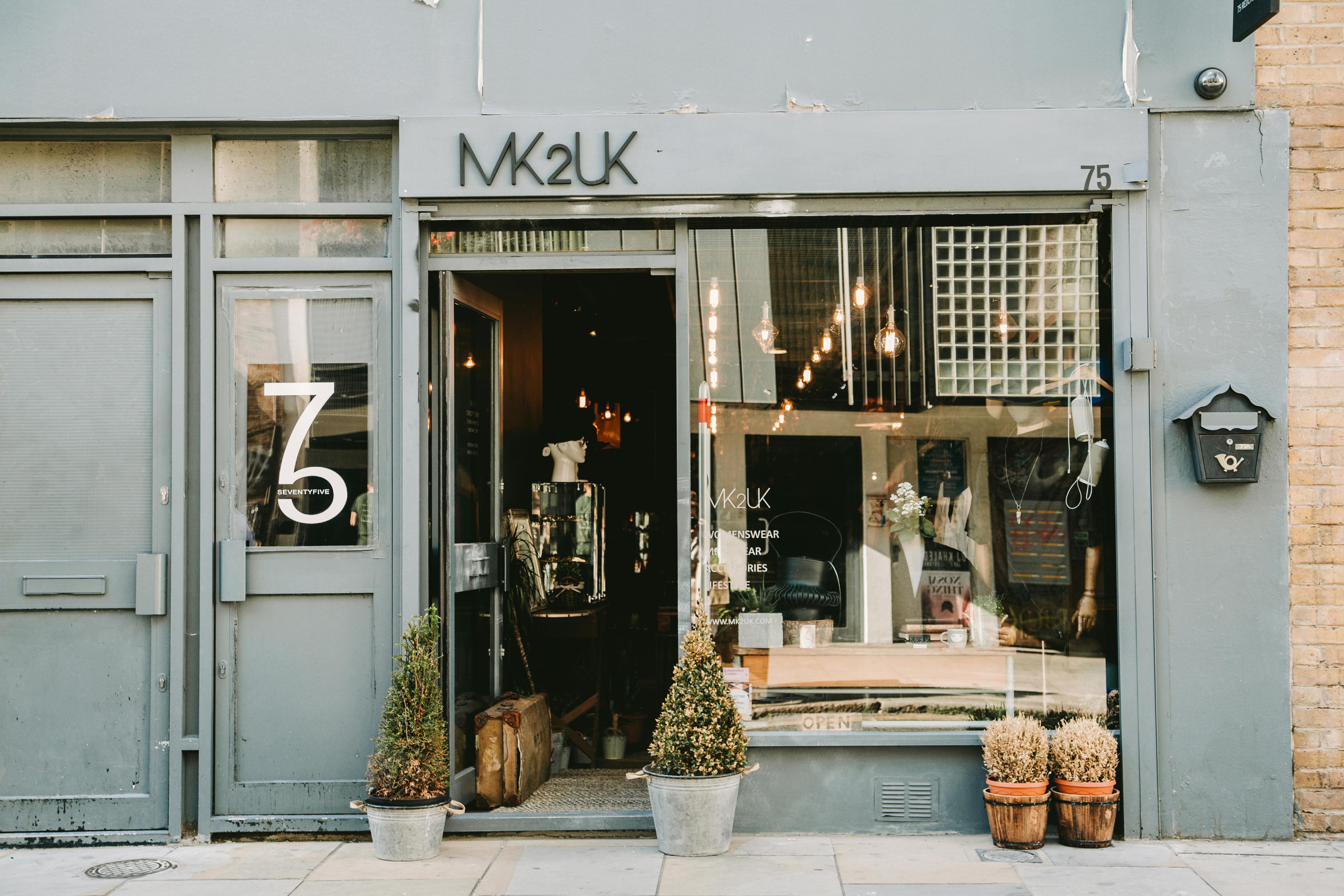Water Damaged Carpet Cleaning: The Basics
When damaged rugs remain submerged in water for an extended period of time, the woven fibers detach from the polyurethane backing leaving no choice but to replace them. But not all water damaged carpets are so serious. In many cases, only small amounts of clean water are spilled, so cleaning, drying, and sanitizing are the only requirements for carpet restoration. Knowing some basic cleaning principles will help any homeowner make safe decisions when faced with wet carpet problems.
The first thing to decide is what kind of water has come into contact with the carpet. There are three types of water classifications.
- Category 1 clean water caused by a pipe burst, appliance leak or sink overflow and has the least impact of damage to flooded carpets.
- Category 2 water can be caused by a toilet overflowing with urine present, a water heater leak, or any other spill where the water carries minor contaminants.
- Category 3 is water that contains raw sewage or feces from a drain or water that originated outside and hits the ground first before entering a home and dirtying carpets.
Knowing these types of categories is helpful in determining the initial steps to take after a soaked carpet is discovered and who to contact for immediate water damage cleanup.
Carpets damaged by Category 1 and 2 water types can be cleaned and restored without replacement if there are no signs of delamination. Removing all standing water with portable or truck-mounted extraction equipment while placing dehumidifiers and high-velocity air movers in damp carpeted areas speeds up the drying process and kills mold and mildew growth. Your local water damage restoration company can provide you with the equipment and expertise from start to finish.
Category 3 water carries with it bacteria and pathogens that pose a real threat to the health and safety of occupants. Carpets affected by this type of water damage should be removed and disposed of by a trained professional along with the application of an antimicrobial agent to all subfloor surfaces. No shortcuts should be taken and industry guidelines should be strictly followed. IICRC S 500 lists standards and guidelines for water damage and carpet restoration.
An informed homeowner won’t be overwhelmed when faced with water damaged carpet cleaning and what to do next. Choosing a certified company that follows industry guidelines will ensure that the proper steps are taken to recover from any disaster and restore a safe home or workplace environment.
